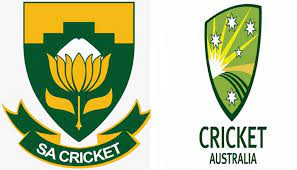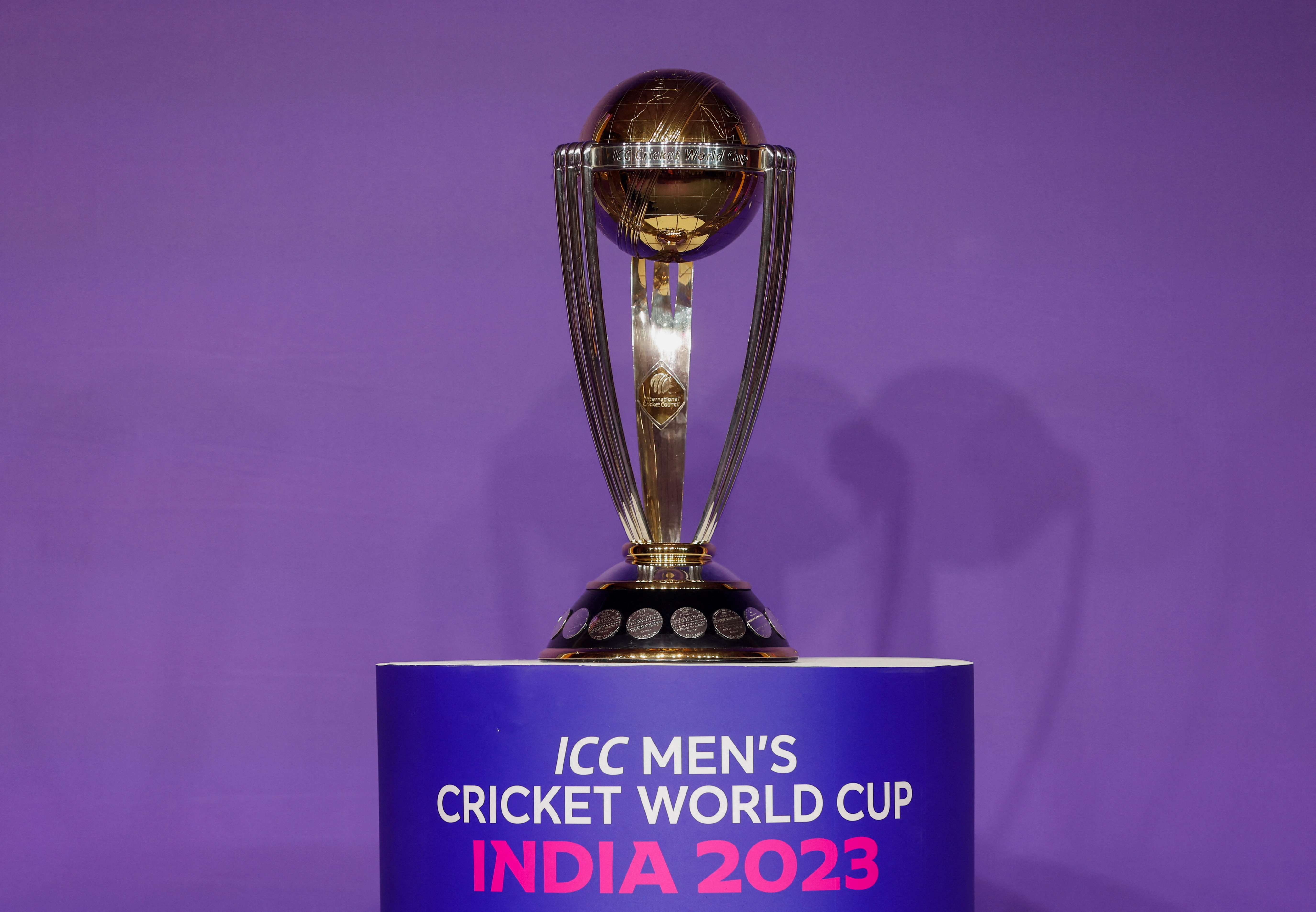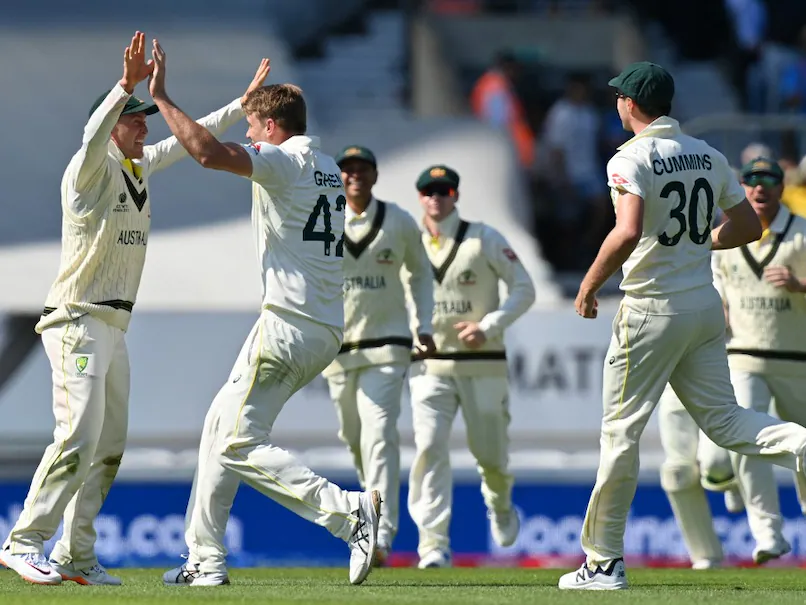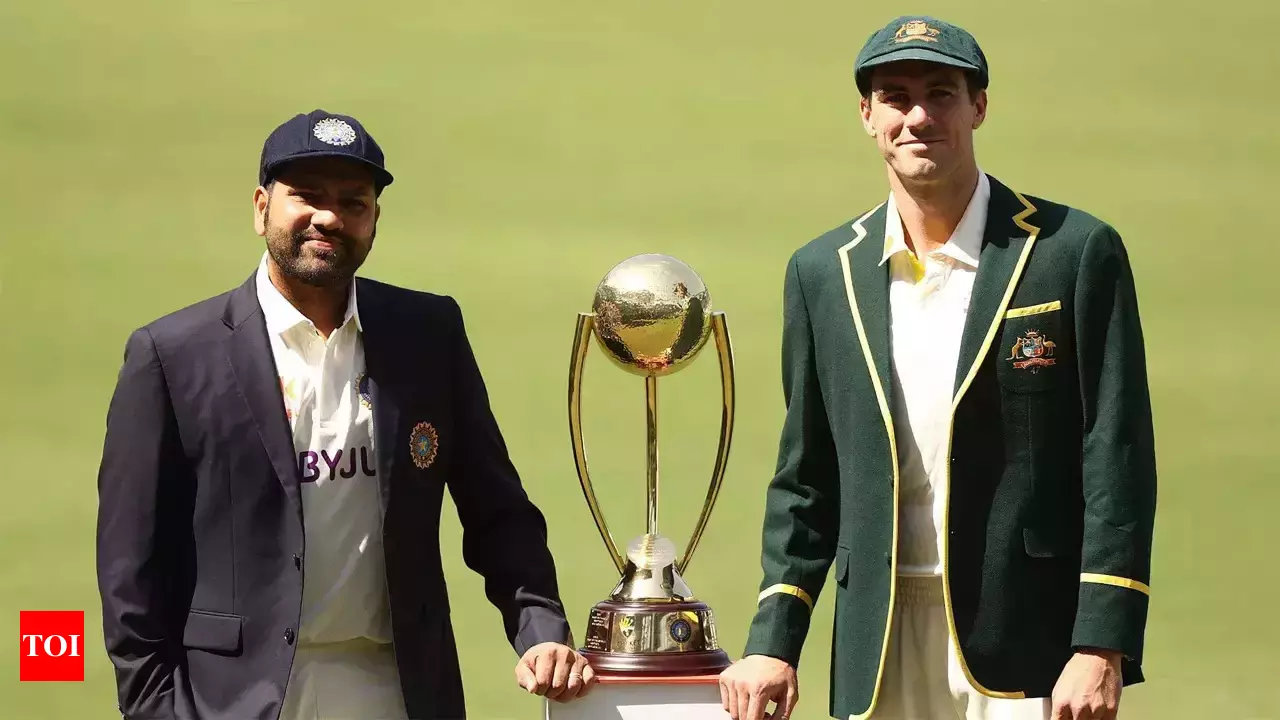A couple of cricket boards are in turmoil. Cricket South Africa and Cricket Australia. Both of them are plagued with severe internal problems that threatens various officials in both the boards. Allegations are thrown left, right and centre. Some of them are quite serious. It will certainly affect the respect of their fans. Let me talk about cricket boards that are in turmoil.
Langer and Australian cricket board
Even since the loss to India, Justin Langer the combative Australian coach has been in the news for all the wrong reasons. Skeletons have come out of the cupboard. Various allegations have been placed on him. I have written about this previously. I have written that Langer is proving to be the most unpopular Australian coach for well over 3 decades. Unpopular than John Buchannan. This is from the player’s perspective. Anyone who has watched The Test on Amazon Prime will be startled by the abrasive mannerisms of Langer. It seems that he is someone who wants every player to follow his diktats unquestioningly. Like George Bush said before invading Afghanistan, it is either my way or the highway. That seems to be Langer’s approach and it is wearing everyone thin.
So much so that Nathan Lyon commented that it is unusual to see Langer smile. This at the end of the test series against Sri Lanka in 2018. Finch, Paine and Cummins repeated the allegations against Langer during their meeting with Cricket Australia chairman Earl Eddings and chief executive Nick Hockley. It will be an understatement to state that a mutiny is brewing within the squad. All of these just a couple of months before the start of Ashes. If Australia lose that series, the Australian public will want most of the team and support staff to be replaced. Australian cricket will be under severe turmoil.
It really is a wonder how Justin Langer, despite so much criticism and the entire team against him, is still holding on to the job. Being the professional he is, he must have resigned instead of waiting for Cricket Australia to shove him out.
Cricket South Africa
CSA is under even bigger stress. Allegations of racism against former players including Boucher, Smith and AB have been laid by various black players. These are uncertain times in South African cricket.
Boucher was one of the mainstays of the champion team that Graeme Smith developed in the late 2000s. The school boy look, innocent and somewhat naïve expressions hides the bully who steps onto the field. Back in 2005 against Zimbabwe, Boucher was at his chirpy best. I mean the comments to Tatendu Taibu wasn’t that offensive but the fact that he felt compelled to sledge hapless Zimbabwe who were anyway going to roll over shortly left bad taste on the mouth. It wasn’t a fair contest. It was never going to be.
All of Boucher’s shenanigans are coming into the open in the ongoing Social Justice and Nation Building hearings. Lot of pent up feelings and anger have found an outlet during the hearing. The hearing might even end up as a sort of closure for lot of injustice, perceived or otherwise, meted out to a generation of South African black cricketers. Every black cricketer had some story to reveal. Stories about racism, feeling unwelcome in predominantly white sides, exclusion, various other forms of neglect and downright abuse.
Ashwell Prince was not treated well
Ashwell Prince was named “a quota player”. It must have been humiliating for Prince. Here he was keen to represent South Africa at the highest level, with his childhood ambition about to come to passe, to be branded a quote player is insensitive to say the least.
“There was no welcome from the coach. There was no (sense of) let’s make this guy comfortable,” Prince said. “It was a lonely place. A person knows when they are welcome, and you know when you are unwelcome.”
Boucher’s name has come up repeatedly not only as one of the player among the big-5 who controlled South African cricket but also in incidents that speaks about exclusion of black cricketers. Perhaps the worst was reserved for Paul Adams.
Paul Adams abused
Paul Adams, the former left-arm leg-spinner has revealed that Mark Boucher used to call him “brown s…”
“I was called brown s*** when I was playing. It often used to be a song when we won a game and we were in fines’ meetings. They would sing, ‘brown s*** in the ring, tra la la la laa’…
Adams being naïve he was did not feel anything remorse about the song. It fell on the alert wife of Adams to knock some sense onto him and to stand up for himself. It is really unfathomable to even think of a team having such a song. Least of all, a South African team fresh off apartheid.
The power brokers
Roger Telemachus, the former fast bowler said that there was a group of 5 white players who controlled South African cricket.
“That is where the big five started. They control selection. They used to go to the coach and say this is how we are going to play. This is where we gave the name to these players,” Telemachus said.
He also disclosed that a famous coach once asked a black player to paint his face white as punishment for having dirty boots.
Boucher accepted that he did sing that song and has offered to meet everyone who were offended by that song. He defended himself stating that the players were all naïve and ill-equipped coming off a post-apartheid era and that they had to be trained in different cultures, sensitivity and inclusion but it does not need training to convey the fact that such songs are not permissible with or without training.
Assistant coach Enoch Nkwe resigned after just over a year in the job. During the meeting with CSA, Nkwe commented about the poor team culture.
Tsotsobe has accused Graeme Smith of blocking Tsolekille international career. He says that Smith threatened to retire is Tsolekille is made the wicket keeper and instead asked Ab De Villiers to keep.
South African cricket is in deep trouble. With so many allegations of racism, it will not be a wonder if they are banned again. The SJN hearings are bringing a lot of things in the open. The legacy of the all-conquering South African side of the late 2000s is tarnished. If these hearings leads to better co-ordination between the players of different races, it would have done a lot of service to South African cricket.
Other topics related to South African cricket can be read here, here and here.



